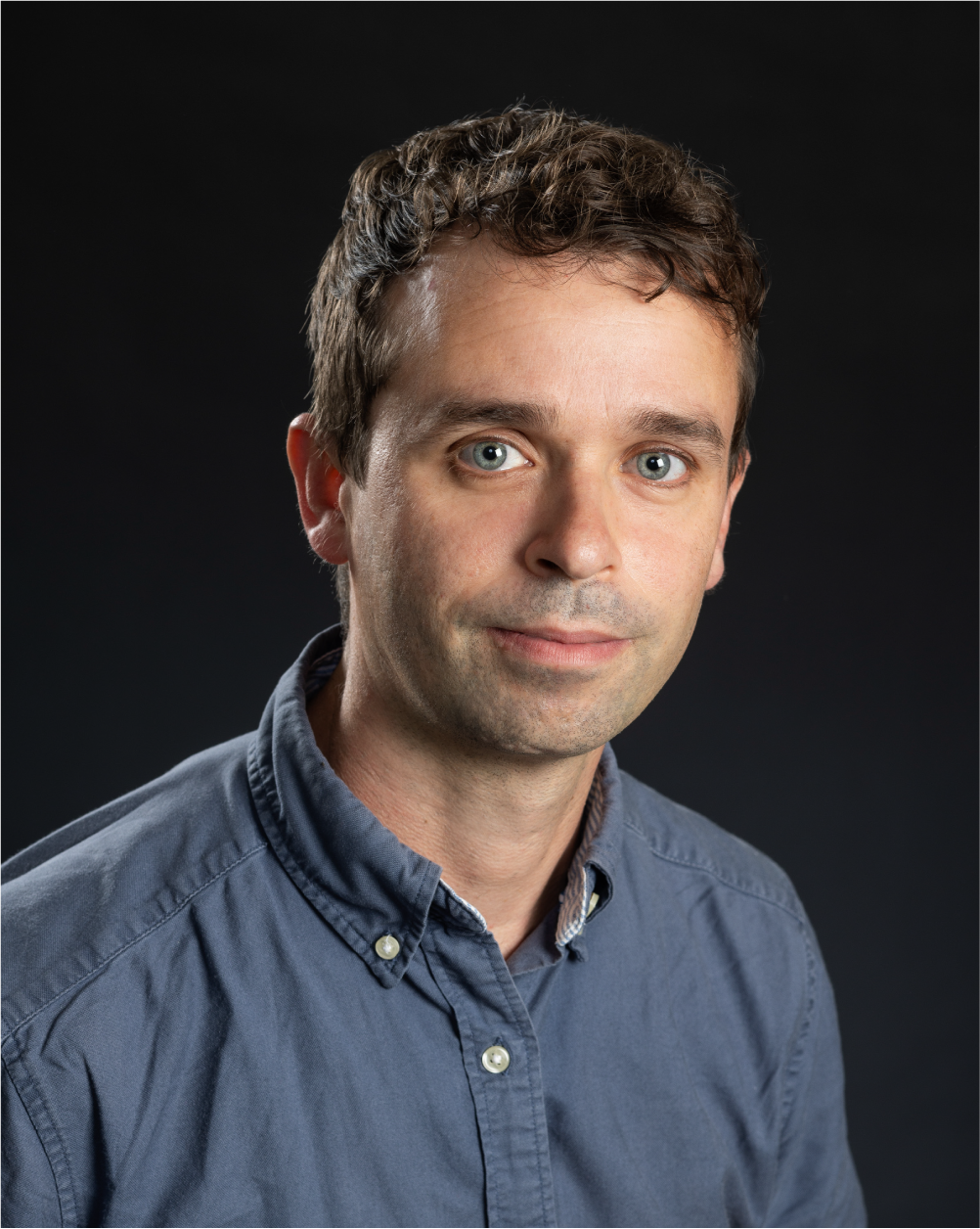Viruses are remarkably simple creatures, with some consisting of little more than an RNA genome packaged together with viral proteins. Despite this simplicity, viruses have evolved sophisticated strategies to hijack cellular machinery. After gaining entry to a suitable host cell, the virus commandeers the cell’s protein production machinery and uses it to build new virus proteins. At the same time, the virus suppresses the production of cellular proteins in an effort to prevent the host cell from mounting a defense. By studying how viruses manipulate host resources and machinery, we can identify potential weak points in the virus’s replication cycle. In the future, we can use this knowledge to develop better treatment options.
Research Summary
Research in our laboratory is focused on two main areas of interest:
- How do RNA viruses hijack the cell’s protein synthesis machinery?
Viruses employ a number of mechanisms to ensure their RNA is efficiently translated by host ribosomes. One common strategy involves the use of internal ribosome entry sites (IRESs); these elements can directly recruit host ribosomes to viral RNA, bypassing conventional cap-dependent translation initiation. However, in order to function effectively, IRESs require the assistance of various cellular RNA-binding proteins. These accessory factors, termed ITAFs (IRES trans-acting factors), help the IRES fold into its final, active conformation. Because ITAFs are specifically required for viral but not host translation, they could potentially serve as ideal antiviral drug targets. We aim to identify and characterize factors involved in IRES-dependent translation in picornaviruses, a diverse family of RNA viruses which includes numerous human pathogens. In parallel, we are also investigating how cellular translation is reprogrammed during the course of picornavirus infection. - What is the relationship between viral replication and cellular RNA decay factors?
Viral infection drives a continuous arms race between virus and host; viruses develop new strategies to exploit cellular pathways, while the host counters with new mechanisms to thwart the invader. A key component in the host’s arsenal is the cytoplasmic RNA decay machinery, which provides the first line of defense against invading viruses with RNA genomes. In response, RNA viruses have evolved various countermeasures to disable cellular decay pathways. Flaviviruses, for example, encode a specialized RNA structure which inactivates and sequesters the 5′ to 3′ cytoplasmic exonuclease Xrn1. Other RNA viruses have analogous mechanisms for suppressing cytoplasmic decay, but coronavirus may be an exception. Genome-wide CRISPR screens and small molecule studies have unexpectedly identified several cytoplasmic RNA decay factors as proviral factors which facilitate viral replication. We aim to understand the mechanistic basis for this counterintuitive observation. Do cytoplasmic RNA decay factors remove RNAs that would otherwise provoke an antiviral response, thereby allowing the virus to escape detection? Alternatively, do RNA decay factors directly regulate viral and/or cellular gene expression? We are addressing these questions using high
Scientific Impact
Our research investigates the host cellular factors that RNA viruses exploit to replicate efficiently. By identifying these critical interactions, we hope to inform the development of new antiviral therapies.
Future Goals
We aim to understand how RNA viruses coordinate the production, processing, and regulation of their proteins within host cells — especially in the absence of traditional transcriptional control mechanisms. In parallel, we are investigating the interplay between RNA viruses and the cellular RNA degradation machinery.

